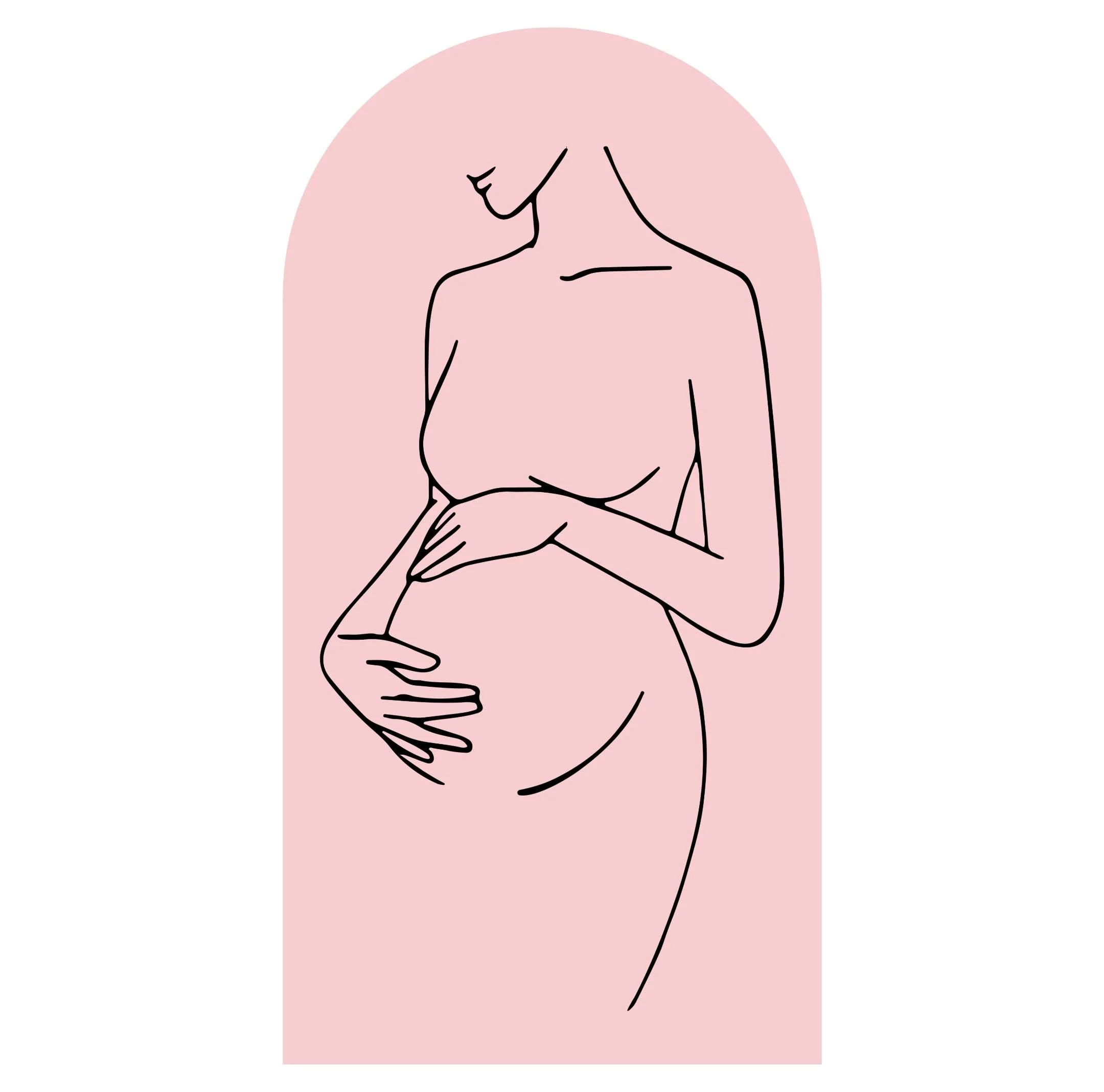In a startling case of workplace discrimination, a woman has successfully won an $850,000 lawsuit against a university for harassment she experienced during her pregnancy while interning with a charitable organization. The incident highlights the need for greater awareness and training in professional environments regarding gender sensitivity and respect.
Tina Varlesi’s Experience
Tina Varlesi, a social work student at Wayne State University, faced inappropriate and demeaning remarks from her internship supervisors during her final semester in 2007. According to her attorney, she was subjected to questions such as “Where’s your engagement ring?” and statements like “The men can look but they can’t touch.” Most troubling were the repeated instructions she received, warning her not to touch or rub her own belly, as it could “excite” the men she was working with, many of whom were undergoing treatment for addiction.
University’s Response
After filing a complaint regarding the offensive comments, Varlesi attended a meeting with university administrators who shockingly advised her to wear looser clothing to avoid drawing attention to her pregnancy. This response not only trivialized her concerns but also indicated a disturbing level of insensitivity to the challenges she was facing.
Impact on Career Aspirations
Ultimately, Varlesi received a failing grade for her internship in 2008, which significantly impacted her career aspirations. Her lawyer stated that the university failed to address the discrimination appropriately, ensuring that Varlesi could not graduate. This case serves as a reminder of the importance of believing and supporting individuals who report harassment and discrimination, emphasizing the need for comprehensive training on these issues in educational and workplace settings.
Resources for Pregnancy and Fertility
For more insights on pregnancy and fertility, you can explore resources like this one on intrauterine insemination from Johns Hopkins Medicine, or check out our own post on navigating home insemination techniques, which can be found here. Additionally, for those considering at-home methods, the artificial insemination kit offers valuable assistance.
Conclusion
In summary, Varlesi’s case sheds light on the pervasive issues of harassment and discrimination faced by pregnant women in professional settings. The considerable financial settlement awarded to her underscores the necessity for institutions to foster safe and respectful environments for all individuals.
